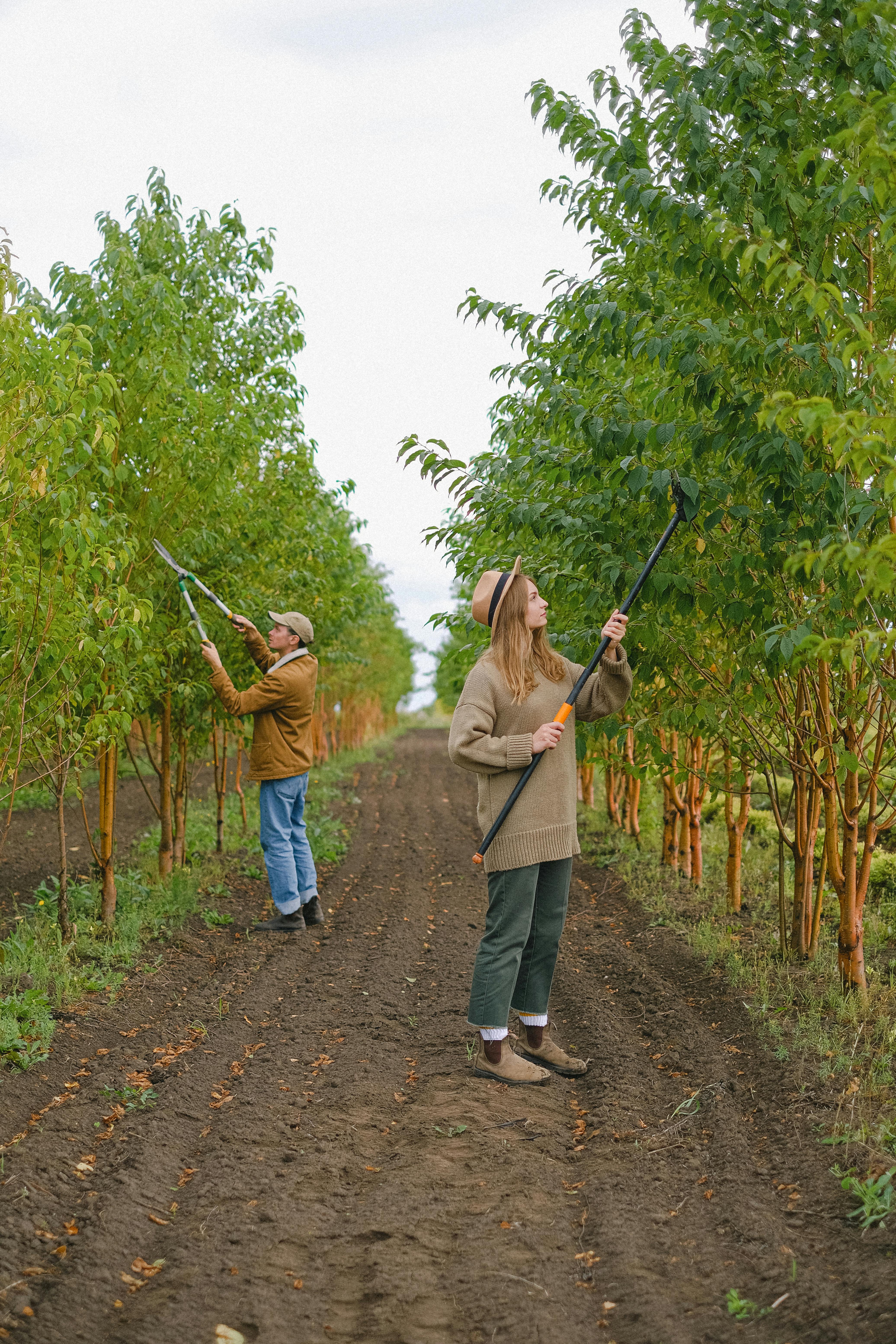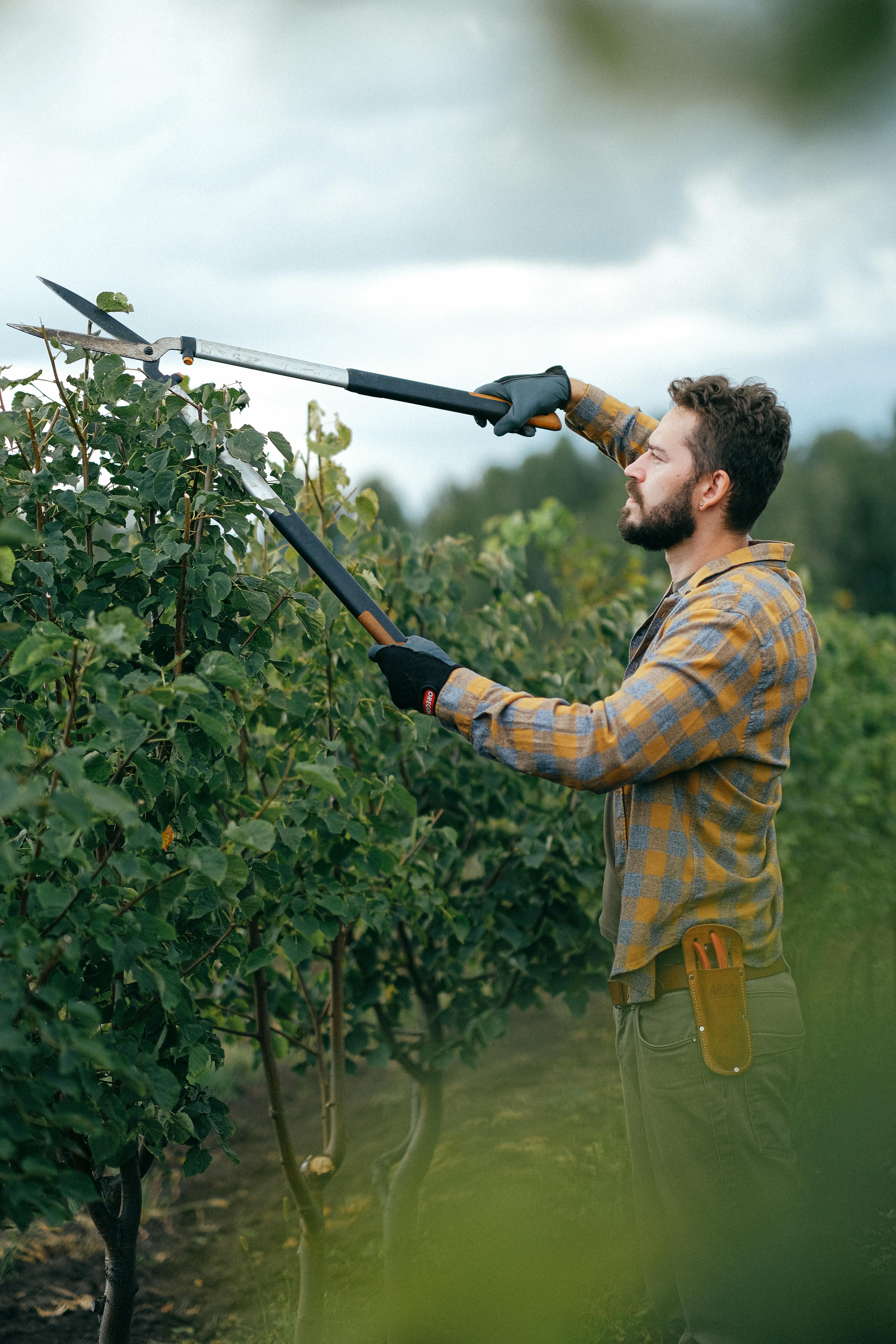Fricke's Tree Service
Discover the Joy of Planting Trees This Fall
Why Fall Is the Best Time to Plant New Trees
Introduction
As the leaves begin to change and the air turns crisp, many gardeners and homeowners start to think about planting new trees. While spring is often touted as the prime planting season, fall offers unique advantages that make it the best time to plant new trees. In this post, we will explore the reasons why fall is ideal for tree planting, the benefits it provides, and tips for ensuring your new trees thrive. The transition from summer to fall is not just a change in weather; it is also a pivotal moment for gardening enthusiasts to consider the long-term health and growth of their landscapes. By planting in the fall, you can take advantage of the season's favorable conditions, setting the stage for vibrant growth in the spring.Benefits of Planting Trees in Fall
Planting trees in the fall comes with several benefits that can lead to healthier growth and a more successful establishment. Here are some key advantages:- Cooler Temperatures: The cooler weather in fall reduces stress on newly planted trees, allowing them to focus on root development rather than coping with heat. This is particularly important for young trees that are still establishing themselves in their new environment.
- Moisture Retention: Fall typically brings more rainfall, which helps keep the soil moist and supports root growth. Adequate moisture is crucial for trees to develop a strong foundation before the winter months.
- Less Competition: With many plants entering dormancy, newly planted trees face less competition for nutrients and water. This allows them to absorb the necessary resources without the struggle of competing with other plants.
- Root Development: Trees planted in fall have the opportunity to establish their root systems before the ground freezes, leading to stronger growth in spring. A well-developed root system is essential for the overall health and stability of the tree.
Understanding Tree Dormancy
Before diving into the specifics of fall planting, it's essential to understand tree dormancy. Dormancy is a natural state that trees enter during colder months, allowing them to conserve energy and resources. Here’s how it affects planting:- Timing: Trees typically enter dormancy in late fall, making it an ideal time for planting. This timing allows the trees to settle in before the harsher winter conditions arrive.
- Energy Conservation: During dormancy, trees focus on root growth rather than leaf production, which is beneficial for new transplants. This energy conservation helps them to thrive once the growing season resumes.
Choosing the Right Trees for Fall Planting
Not all trees are suitable for fall planting. Here are some factors to consider when selecting trees:- Hardiness Zone: Choose trees that are well-suited to your local climate and hardiness zone. Understanding your zone will help you select species that can thrive in your specific conditions.
- Native Species: Native trees are often more resilient and better adapted to local conditions. They typically require less maintenance and are more beneficial to local wildlife.
- Deciduous vs. Evergreen: Both types can be planted in fall, but deciduous trees may benefit more from the season's conditions. Deciduous trees often establish themselves more quickly in the cooler temperatures.
Recommended Trees for Fall Planting
Here are some tree species that thrive when planted in the fall:- Maple
- Oak
- Birch
- Dogwood
- Redbud
Preparing for Fall Planting
Proper preparation is crucial for successful tree planting in the fall. Follow these steps to ensure your new trees have the best chance of thriving:- Soil Testing: Test your soil to determine pH and nutrient levels, making amendments as necessary. Healthy soil is the foundation for strong tree growth.
- Site Selection: Choose a location with adequate sunlight, space, and drainage for your selected tree species. The right location can significantly impact the tree's growth and health.
- Digging the Hole: Dig a hole that is twice as wide as the root ball but no deeper than the root ball itself. This allows the roots to spread out while ensuring they are planted at the correct depth.
Planting Techniques for Fall
Once you have prepared the site, it’s time to plant your trees. Here’s how to do it correctly:- Positioning: Place the tree in the center of the hole, ensuring that the top of the root ball is level with the surrounding soil. Proper positioning is key to preventing water from pooling around the trunk.
- Backfilling: Fill the hole with soil, gently tamping it down to eliminate air pockets. Air pockets can hinder root growth and lead to instability.
- Watering: Water the tree thoroughly after planting to help settle the soil and provide moisture. This initial watering is crucial for helping the tree acclimate to its new environment.
Post-Planting Care
After planting, proper care is essential for your new trees to establish themselves. Here are some tips:- Mulching: Apply a layer of mulch around the base of the tree to retain moisture and suppress weeds. Mulch also helps regulate soil temperature, which is beneficial for root development.
- Watering Schedule: Continue to water regularly, especially if the fall is dry. Consistent moisture is vital for young trees as they establish their roots.
- Monitoring: Keep an eye on your trees for signs of stress or disease, and address any issues promptly. Early detection of problems can prevent more significant issues down the line.
Common Mistakes to Avoid
Even seasoned gardeners can make mistakes when planting trees in the fall. Here are some common pitfalls to avoid:- Planting Too Late: Ensure you plant before the ground freezes to give trees time to establish roots. Late planting can lead to poor growth and increased vulnerability to winter conditions.
- Ignoring Soil Conditions: Poor soil can hinder growth; always test and amend as needed. Healthy soil is critical for the success of your new trees.
- Overwatering: While moisture is essential, too much water can lead to root rot. It's important to find a balance to keep the roots healthy.
Conclusion
Fall is undoubtedly the best time to plant new trees, offering numerous benefits that promote healthy growth and establishment. By understanding tree dormancy, selecting the right species, and following proper planting techniques, you can set your new trees up for success. Remember to provide ongoing care and monitor their progress as they settle into their new home. The effort you put into planting in the fall will pay off with lush, thriving trees that enhance your landscape for years to come. Ready to enhance your landscape with new trees this fall? Contact us today for an estimate! Our team is here to help you choose the right trees and ensure they are planted correctly for optimal growth.RECENT POSTS
Interested in Our Services?
Get in touch today to discuss your next project and we will happy to answer any questions and provide you with a no-obligation FREE Estimate.
Contact Details
Address: 427 Pleasant Oaks Trl, Osteen, FL 32764, United States of America
Phone: (321) 240-5613
Email: jonfric@yahoo.com
Quick Links
Contact Details
Address: 427 Pleasant Oaks Trl, Osteen, FL 32764, United States of America
Phone: (321) 240-5613
Email: jonfric@yahoo.com







